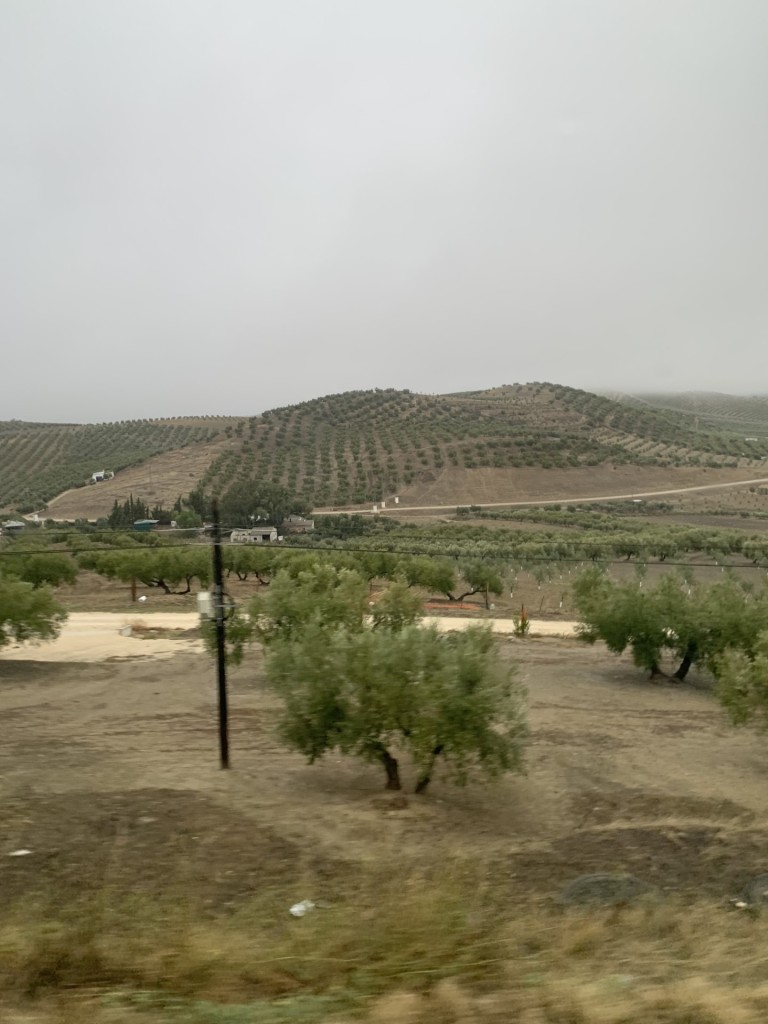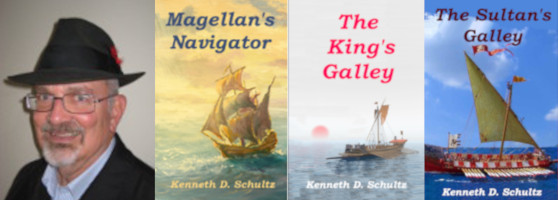
The morning after the flamenco performance we set out into the center of Spain with a two-hour drive to Cordoba. Our eventual destination that day would be Madrid. I doubt many non-Spanish people could place Cordoba on the map, or even know of its existence. I didn’t. A thousand years ago it was the second largest city in Europe with up to four hundred thousand inhabitants. Which city was the largest? It was Constantinople at half a million people. The Moors ruled Cordoba then. Previously, like most Iberian cities, it had been Roman and then Visigoth.
Today it is a largely forgotten city on the Guadalquivir River, the same river that later flows through Seville. Its most apparent attraction is the over thousand-year-old Mosque-Cathedral of Córdoba. The original mosque is huge with a comparatively small church planted in its middle upon the order of Charles V. Exposed under a portion of its floor is a Visigoth church that preceded both mosque and cathedral.
What I found particularly interesting is that the mosque was expanded three times over a period of two centuries. The initial construction extensively used recycled Roman or Visigoth stone columns and capitals. Once these were exhausted new columns were fashioned. By the time of the third expansion the quality of the columns and painting on the arches had decisively deteriorated in quality.
The historic Jewish quarter of Cordoba dates to Medieval times. It was fun to walk its narrow streets. Some of our group were Sephardic Jews, and welcomed a chance to have a sense of their origins before their ancestors were exiled from Spain. Of particular interest was one of the few synagogues in Spain surviving from the Medieval period. It had at one time been converted to a church, likely explaining its avoiding destruction. Interestingly, its decorations included Moslem ones in addition to the Jewish and Christian ones, reflecting the onetime coexistence of all three religions in at least a semblance of peace.
Once our morning in Cordoba was done, we boarded a train for Madrid. The train trip fascinated me for two reasons.
The first was olive trees. Lots of olive trees. Thousands and millions of olive trees out to the horizon. Spain produces more olive oil than the next three countries, Italy, Morocco, and Turkey, combined…although this past summer’s searing heat produced a poor harvest.
Secondly, I found the absence of small towns and villages striking. Our director once commented that the people of Spain are city people. Over eighty percent of the population lives in urban areas. Six hundred years ago this wasn’t true. That changed with the inflow of silver and riches from the New World. All this wealth flowed into Seville and then onto Madrid. Why do back breaking working a farm when you can get rich in the city? Literally the countryside was depopulated over the next hundred years as people migrated to the cities. And they never went back. We reached Madrid that night. The next day we backtracked to Spain’s spiritual center, Toledo.
